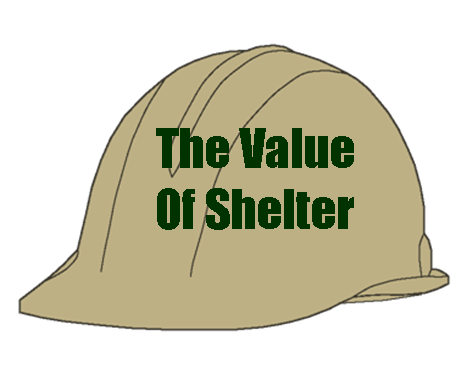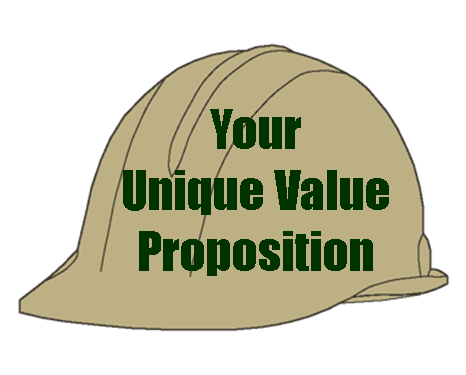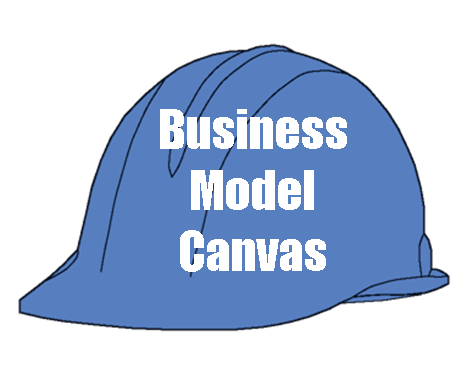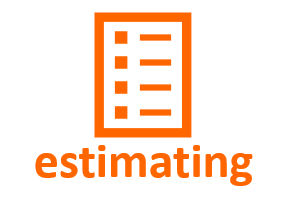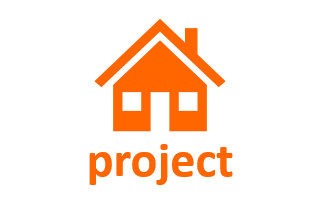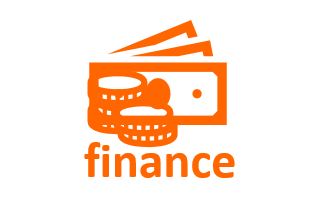BUSINESS MODEL CANVAS
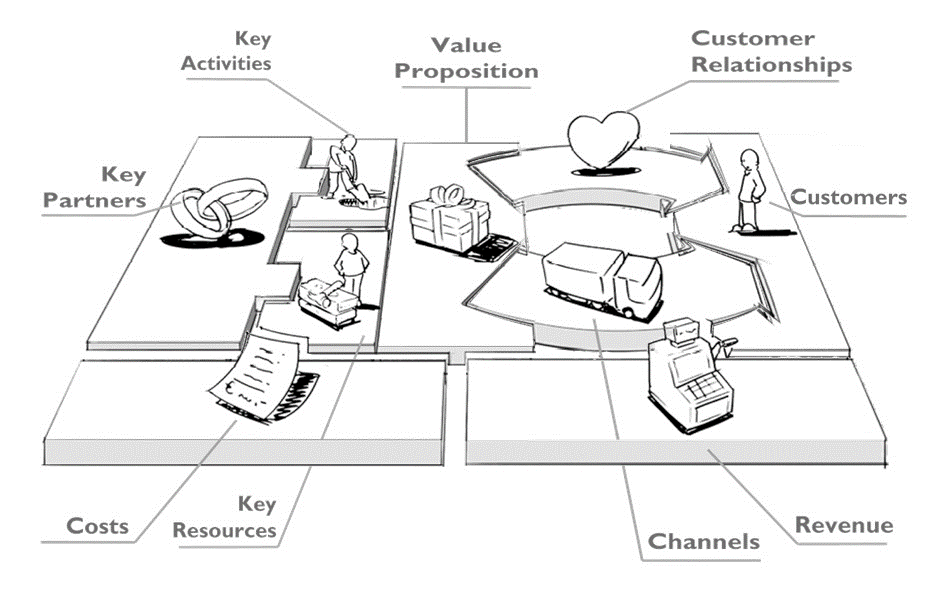
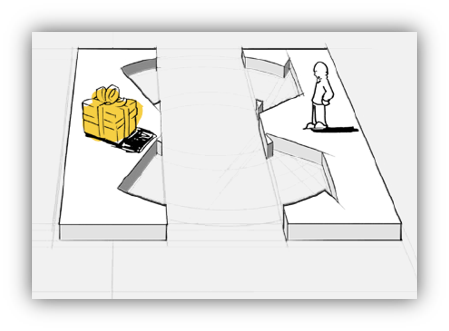
How the Prospective Buyer
Values Your House
The price that a customer will pay for the house reflects the value that the customer places on the concept of shelter. In most cases, clients do not value the house, they value the emotional responses that the house provides.
I will discuss this in greater detail in the following, but I will argue now that the client is not buying concrete and wood and metal...she is buying safety, security, status, and esteem.
If it were just a case of summing up the hard costs of the project and adding an overhead factor to the result to get the price of the structure, our business lives would be a lot easier. But humans are not made that way. Our emotions get involved, especially in a purchase so emotionally loaded as shelter.
The problem is that you cannot look inside the client and measure the value of these emotional responses.
The best you can do is to define your market, get to know your market, understand your market, and then provide the highest value for your market.
Since you cannot survey every member of the selected market individually, you have to know your market well enough to make the value decisions for that market.
As you determine which materials and processes are to be used in construction of the house, you are making decisions to include what the client will value and to reject what the client will not value.
The reason: You inherently know that your buyer will pay for things they value and will not pay for things they do not value.
If you have not selected and researched a specific niche of the house-buying market, and do not build for a specific set of values, you will wind up defaulting to the lowest common denominator, dollars per square foot.
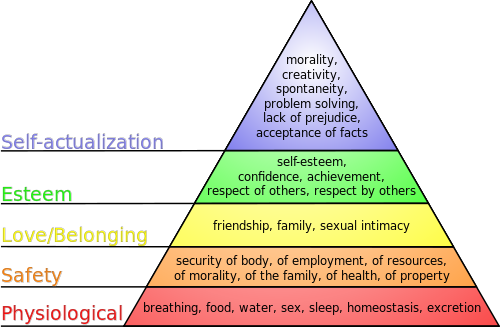
The "lowest cost" metric is a reflection of the base values of "Security" and "Provider", and projects the client value statement "I can take care of my family and do it at the lowest cost" and "I am smart enough not to overpay for shelter".
These are not friendly statements for the builder.
They are inherently confrontational, in that they have little to do with the features of the product and everything to do with negotiation. They also have a lot to do with hammering your subs for better prices, buying low-end materials and decreasing your profit margins.
You must position your business so you do not have to compete on price alone. As a small business, you are going to be at a serious competitive disadvantage to the large builders.
As a small builder, you should not be competing for the smallest dollar in the market.
Not Low Price -- High Value.
High value does not have a set price.
It is relative to the state of mind of the customer.
How Does Your Market Value a House?
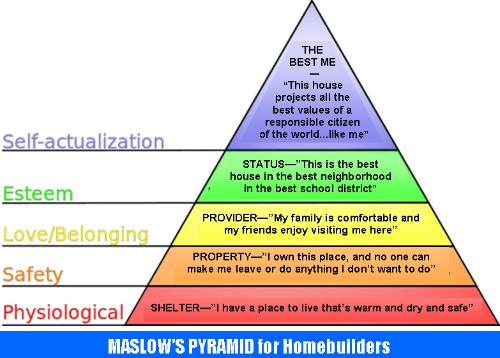
Knowing where your market is on this continuum will help you to define the approach you should use in your marketing and in the development of your market positioning.
If your market demographic is the young first-time homebuyer, you might emphasize the following:
- Physiological - shelter, easy down payment, do-it-yourself maintenance, long-lasting value;
- Safety - designed with children in mind, safety locks on cabinets, fire and
- Love/Belonging - friendly neighborhoods, near churches and community centers, quality schools;
- Esteem - smart purchase, building financial legacy, importance of home ownership, friends are buying homes, pride of ownership;
- Self-Actualization - small carbon footprint, intelligent design, recycled materials, community spirit.
If your market demographic is retired seniors, you might emphasize the following:
- Physiological - comfortable, maintenance contracts;
- Safety - fire station locations, hospitals, monitors in house, advanced communication systems;
- Love/Belonging - community clubhouse, guest room for visitors, security when traveling;
- Esteem - self-reliance, value retention, smart purchase, family doesn't have to worry;
- Self-Actualization - using the best of modern technology, community college access, churches, synagogues, mosques, fitness centers.
|
Understand how your market values the homes you build. | ||
|
Determine your process for building value into your homes and the best ways to tell your market about it. | ||
|
Develop your three messages 1. The Position Statement |
Develop your three messages -- 2. The Value Statement |
Develop your three messages -- 3. The Unique Value Proposition |
|
Return to ----> |
 |
